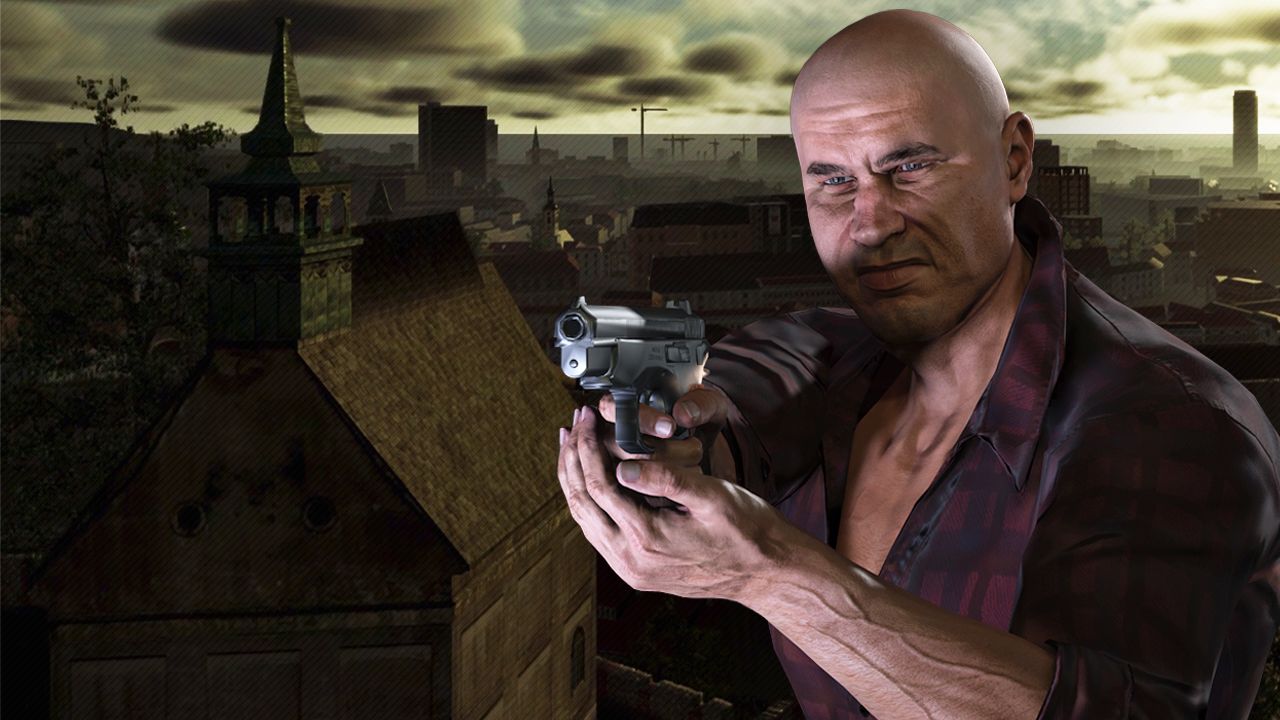More housing of ‘sufficient quality’ for migrant workers. That was over three years ago one of 50 recommendations of the Roemer committee to improve the position of labor migrants. “I have seen living space where I would not even let my dog sleep,” Emile Roemer said at the time when the report of the committee named after him was presented.
Most of it does not comply
15 square meters of living space per person, including a private bedroom of 5.5 square meters. That had to become the norm. But more than three years later, that standard has not yet been legally anchored and the vast majority of housing does not meet it, according to research by RTL News.
This is recognized by employment umbrella organizations ABU and NBBU. They had KBA Nijmegen conduct research among 300 temporary employment agencies that are members of the trade associations. 130 of them completed the survey.
Minimum number of square meters
Almost all of them offer migrant workers ‘certified housing’. With ‘certified’ is meant that 10 to 12 square meters of living space is available per migrant worker and a sleeping space (possibly shared) of at least 3.5 square meters per person, with a chair, a mattress of at least 80 by 200 centimeters and 0.36 square meters of wardrobe.
According to the Association of Housing Workers for Migrant Workers (VHA), this is in practice only a quarter of all housing that is available for migrant workers in the Netherlands. So three quarters are not. And of the quarter that is certified, 40 percent meet the Roemer standard. So 60 percent don’t.
De Jonge: ‘Looked away too much’
The housing problems that migrant workers have are ‘tough and cannot be solved overnight’, says outgoing Housing Minister Hugo de Jonge. This requires ‘many more legal options and enforcement’.
De Jonge expects a lot from it the Public Housing Reinforcement Management Act which should make it possible to approach municipalities for the construction of housing for migrant workers who are working within the municipal boundaries. Now they often work in one municipality but live in another.
According to De Jonge, the current problems are partly caused by the fact that ‘the negative aspects of labor migration have been ignored for far too long’. “We have not been selective enough and have given too many companies space that can only survive or grow thanks to many migrant workers.”
“We have let things get far too far, and we must become more selective. We may have to say to companies that can only exist thanks to cheap labor that there is no place for them, because otherwise the resilience of society will be overextended,” he said. The Young.
This means that a large part – up to 90 percent – of housing remains below standard and under the radar, the VHA acknowledges, with the result that abuses and exploitation remain invisible. Due to the lack of decent housing, migrant workers still end up in the ‘private housing stock’, in disadvantaged neighborhoods, for example in The Hague and Rotterdam.
Distressing situations
That’s where housing inspectors come across the craziest things, say enforcer Anjo Hoogendoorn and housing councilor Martijn Balster of the municipality of The Hague. They see ‘many migrant workers in dire situations’ because ‘things are already going wrong at the root, when employers or temporary workers recruit people in an often Eastern European country while no housing is provided’.
“People who come to the Netherlands are not entitled to social housing at that time, because for that you have to stay in our city for at least 7 years,” explains Alderman Balster. “People then look for their own way and become dependent on landlords who offer them something and that often ends up on a mattress in an old private neighborhood.”
“Bizarre rents are asked, which means that migrant workers are forced to invite colleagues to live together in order to pay those rents. This in turn leads to overcrowding,” says Balster. “We encounter situations where people even sleep in shifts and have no space in the home to stay when not sleeping.”
Huge shortages
It is not possible to quickly build decent housing, confirms Wim Reedijk of the Flex Living Expertise Center, which has been helping to create better housing for migrant workers and other so-called emergency seekers since 2012. In the three years ‘after Roemer’, 1350 locations for 3124 migrant workers were created.
That is as many as in the entire year of 2020 and still not enough. In 2017, the shortage of housing places for migrant workers was 100,000. In the following years it increased to 120,000, 150,000 and now even more than 160,000 places.
“We can only estimate the exact shortage, because no one knows exactly how many migrant workers are in the Netherlands at any given time and exactly how many housing places there are,” says Reedijk. “We estimate that 40,000 homes have been withdrawn from the housing stock for room-by-room rental. For the people living there alone, you would need 160,000 places.”
“If you were to give each migrant worker at least their own room, as Roemer wants, you would need an additional 156,000 rooms. You cannot add the two figures together, because there is an unknown overlap. But that would mean more than 156,000 will come true, that’s for sure,” says Reedijk, who emphasizes that there are also examples of good housing.
No quick fix
There is no quick solution in sight. The broadcasters interviewed who are members of ABU and NBBU confirm this. Anyone who wants to build or renovate housing locations needs a permit from the municipality, which is not always granted. Completing the permit procedure takes an average of 90 weeks. That’s almost two years.
And so, migrant workers will remain caged in dilapidated city homes as second-class citizens for a while. “As long as money can be made from these types of practices, it will continue to occur,” says enforcer Hoogendoorn. “This is a revenue model for all kinds of parties, from employer to landlord: everyone earns from this. We do what we can, but we will continue to need work.”
2024-02-17 14:02:25
#Migrant #workers #cooped #square #meters #euros #week


